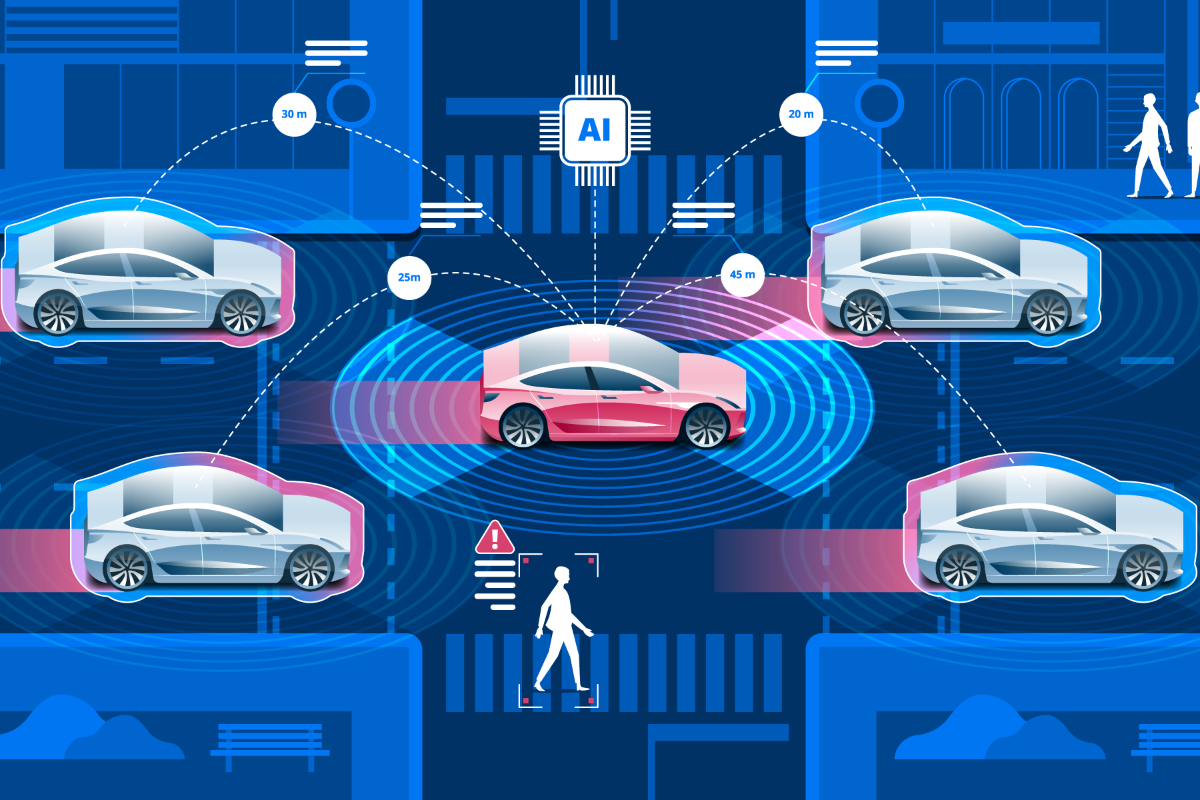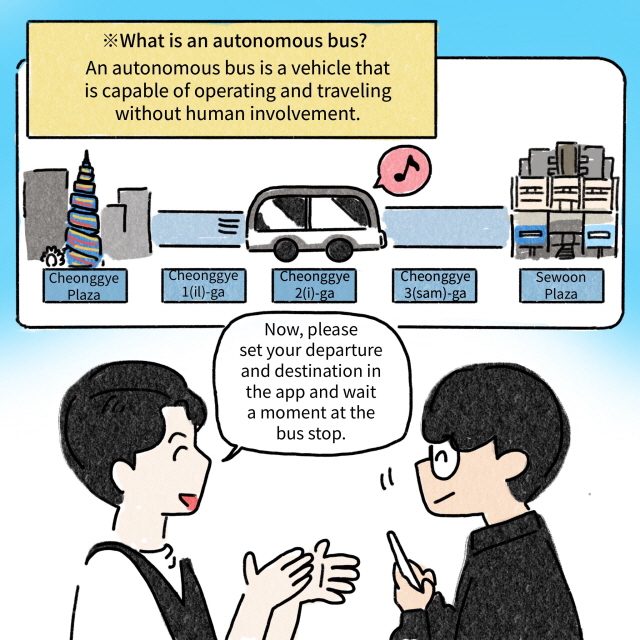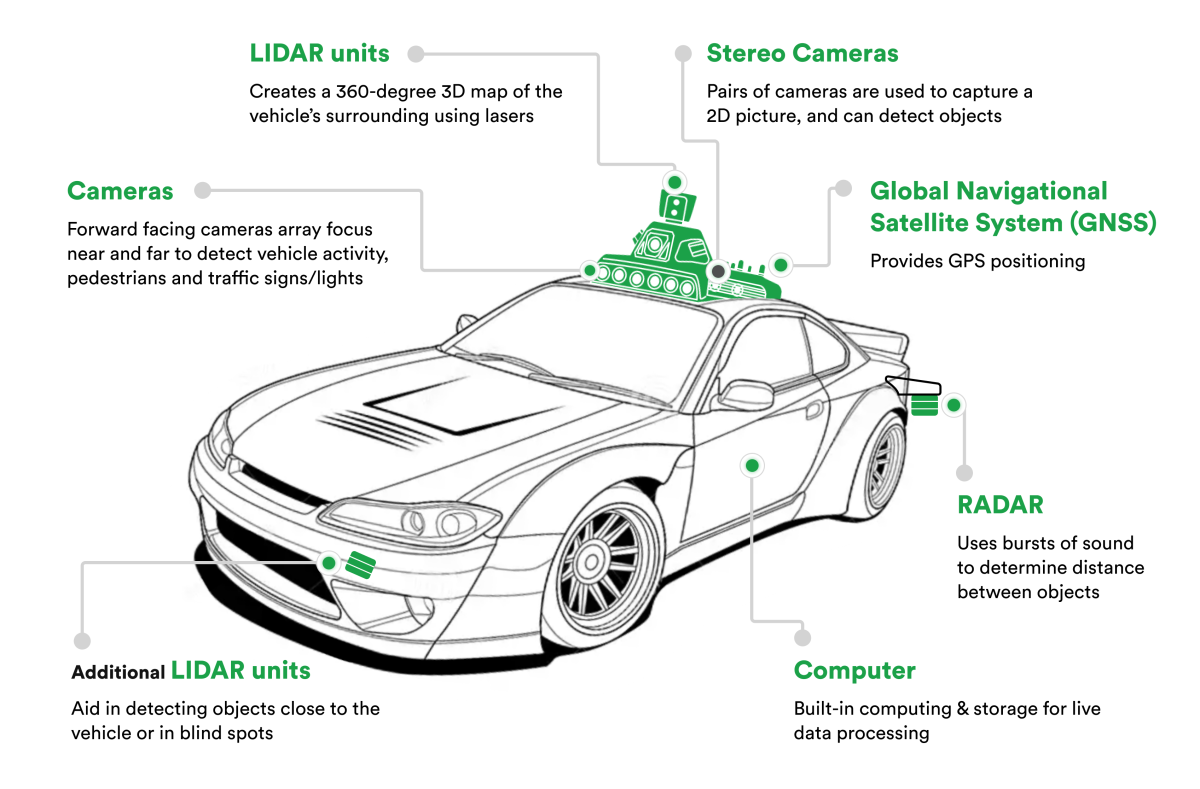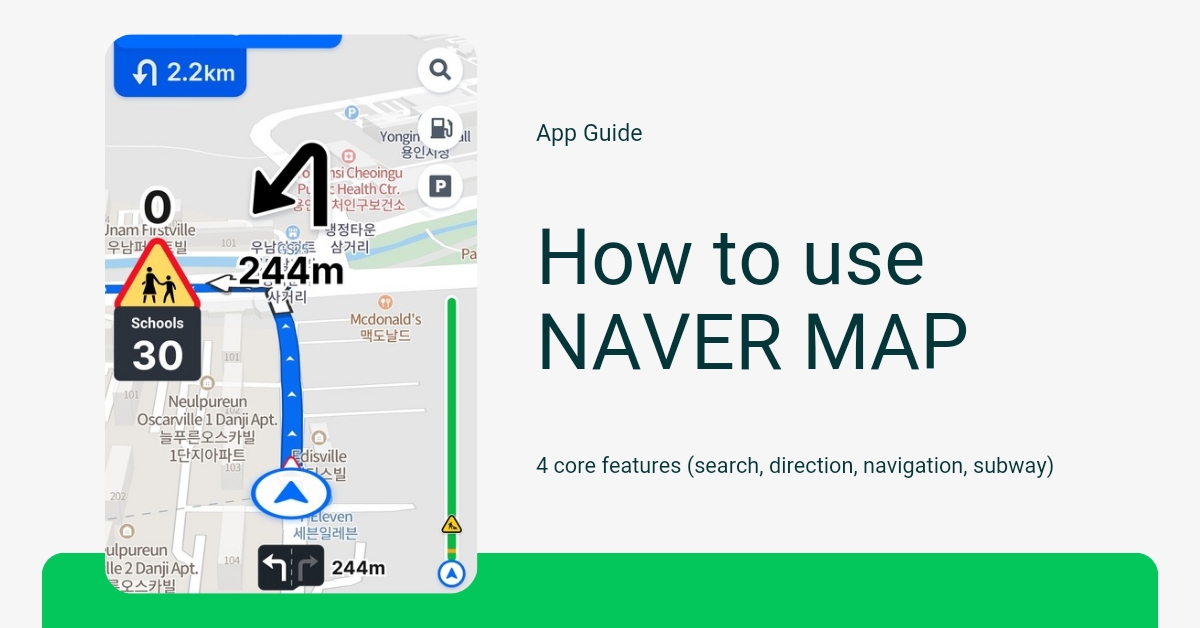Explore Seoul Autonomous Bus

Following our coverage of T‑money Tagless, Seoul’s smart contactless fare system, the Dongjak A01 autonomous bus brings a powerful new chapter in “physical AI” to campus communities. From July 14, 2025 onward, experience this autonomous shuttle for free—especially if you’re an international student at Chung-Ang, Soongsil, or any other Seoul university.
1. What is Seoul autonomous car?
By 2030, Seoul aims to deploy a network of 20+ autonomous bus routes across the city—Dongjak, Dongdaemun, Seodaemun, dorm areas, and academic zones.

- Equal access: Free rides for students and residents through mid‑2026.
- Mobility‑as‑a‑Service (MaaS): Seamless integration with metro, buses, and driverless taxis.
- Social welfare: Ensuring transport equity across underserved areas.
2. How does it work?
The autonomous shuttle runs a 1.62 km loop connecting Chung-Ang and Soongsil’s back
gates through eight stops. But are you curious about the technology behind it?
Here’s a quick overview of how it operates:

- Sensor Fusion: The vehicle uses a combination of LiDAR (laser scanners), radar, and 360° cameras to build a real-time 3D map of its surroundings, detecting lanes, pedestrians, and obstacles even in low visibility.
- GPS and HD Maps: High-precision GPS works together with preloaded high-definition maps to pinpoint the shuttle’s location down to a few centimeters, ensuring accurate navigation.
- AI Decision-Making: An onboard computer uses artificial intelligence to interpret sensor data and make split-second decisions—when to accelerate, slow down, or stop.
- Edge Computing with 5G: Data is processed instantly through edge computing units connected via ultra-fast 5G networks, enabling real-time responses.
- Redundant Safety Systems: Multiple layers of fail-safe protocols constantly monitor the shuttle’s status. If any issue is detected, the vehicle can safely stop automatically.
This combination of smart sensors, AI, and high-speed connectivity creates a smooth, safe, and fully autonomous ride - no human driver needed.
3. Official Operation Time
Starting July 14, 2025, Dongjak A01 runs Mon–Fri, 10:00–16:10, with 14 trips per day (~20-minute intervals).

Track arrival times via the Bus Information Terminal (BIT) or by searching “동작 A01” on Naver or Daum.

Continue using your T‑money card for seamless transfers with metro and other buses—easy and cost-effective for international students.
4. Community Expansion & Engagement
Soon after Dongjak, Seoul will launch autonomous shuttles in Dongdaemun (late 2025) and Seodaemun, informed by passenger feedback.
- “Future Mobility” workshops at local universities.
- Deployment for dorms and elder-care facilities.
- Tech-exchange programs with Singapore, Dubai, and Helsinki.
5. Where to Ride?
Ready to try the autonomous bus? Here’s how:
- Locate a Dongjak A01 stop near Chung-Ang or Soongsil University.
- Tap your T‑money card on the reader at the entrance.
- (To use virtual card) Download or update the T-money app: Or read detailed instructions in our T-money App guide.
-
(To use physical card) Buy in CU or any convenient store, you can watch this video tutorial:
- Enjoy the ride—no need to swipe or tap again!
- Tap out at your destination stop.
It’s that simple! Perfect for students and residents alike.
6. Ready to ride?
Locate an A01 stop, tap your T‑money, and enjoy the ride. Then share: how was your experience? Your voice drives Seoul’s move toward a safer, more inclusive, intelligent transportation for international students.